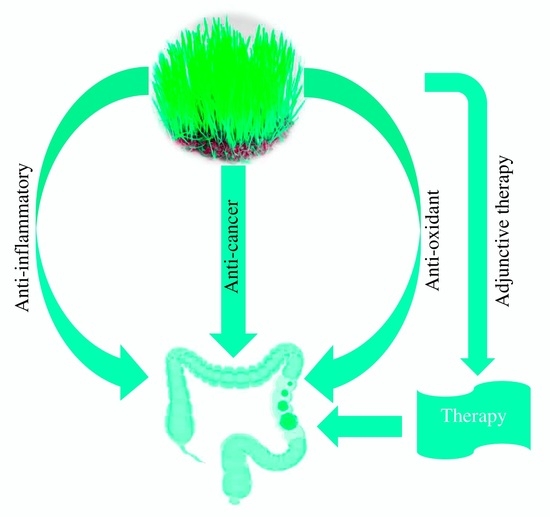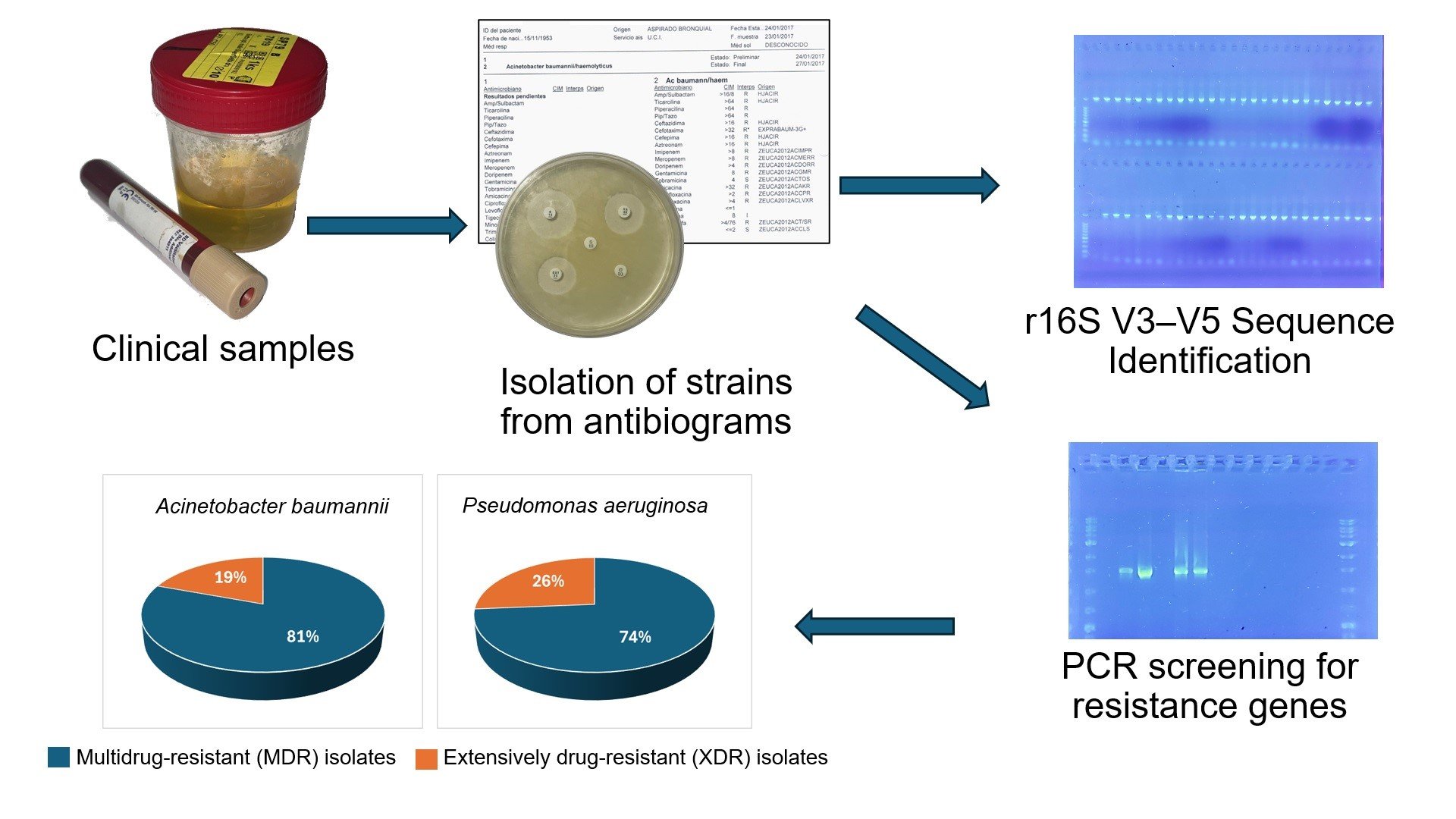Alcohol use disorder (AUD) is a significant issue affecting women, with severe consequences for society, the economy, and most importantly, health. Both personality and alcohol use disorders are phenotypically very complex, and elucidating their shared heritability is a challenge for medical genetics. Therefore,
[...] Read more.
Alcohol use disorder (AUD) is a significant issue affecting women, with severe consequences for society, the economy, and most importantly, health. Both personality and alcohol use disorders are phenotypically very complex, and elucidating their shared heritability is a challenge for medical genetics. Therefore, our study investigated the correlations between the microsatellite polymorphism (AAT)n of the Cannabinoid Receptor 1 (
CNR1) gene and personality traits in women with AUD. The study group included 187 female subjects. Of these, 93 were diagnosed with alcohol use disorder, and 94 were controls. Repeat length polymorphism of microsatellite regions (AAT)n in the
CNR1 gene was identified with PCR. All participants were assessed with the Mini-International Neuropsychiatric Interview and completed the NEO Five-Factor and State-Trait Anxiety Inventories. In the group of AUD subjects, significantly fewer (AAT)n repeats were present when compared with controls (
p = 0.0380). While comparing the alcohol use disorder subjects (AUD) and the controls, we observed significantly higher scores on the STAI trait (
p < 0.00001) and state scales (
p = 0.0001) and on the NEO Five-Factor Inventory Neuroticism (
p < 0.00001) and Openness (
p = 0.0237; insignificant after Bonferroni correction) scales. Significantly lower results were obtained on the NEO-FFI Extraversion (
p = 0.00003), Agreeability (
p < 0.00001) and Conscientiousness (
p < 0.00001) scales by the AUD subjects when compared to controls. There was no statistically significant Pearson’s linear correlation between the number of (AAT)n repeats in the
CNR1 gene and the STAI and NEO Five-Factor Inventory scores in the group of AUD subjects. In contrast, Pearson’s linear correlation analysis in controls showed a positive correlation between the number of the (AAT)n repeats and the STAI state scale (r = 0.184;
p = 0.011; insignificant after Bonferroni correction) and a negative correlation with the NEO-FFI Openness scale (r = −0.241;
p = 0.001). Interestingly, our study provided data on two separate complex issues, i.e., (1) the association of (AAT)n
CNR1 repeats with the AUD in females; (2) the correlation of (AAT)n
CNR1 repeats with anxiety as a state and Openness in non-alcohol dependent subjects. In conclusion, our study provided a plethora of valuable data for improving our understanding of alcohol use disorder and anxiety.
Full article
 IJMS
IMPACT
IJMS
IMPACT Applied Sciences
IMPACT
Applied Sciences
IMPACT Sustainability
IMPACT
Sustainability
IMPACT Sensors
IMPACT
Sensors
IMPACT JCM
IMPACT
JCM
IMPACT Materials
IMPACT
Materials
IMPACT Molecules
IMPACT
Molecules
IMPACT Energies
IMPACT
Energies
IMPACT Electronics
IMPACT
Electronics
IMPACT Remote Sensing
IMPACT
Remote Sensing
IMPACT Cancers
IMPACT
Cancers
IMPACT Nutrients
IMPACT
Nutrients
IMPACT Mathematics
IMPACT
Mathematics
IMPACT Foods
IMPACT
Foods
IMPACT Buildings
IMPACT
Buildings
IMPACT Polymers
IMPACT
Polymers
IMPACT Animals
IMPACT
Animals
IMPACT Water
IMPACT
Water
IMPACT Plants
IMPACT
Plants
IMPACT Agronomy
IMPACT
Agronomy
IMPACT Biomedicines
IMPACT
Biomedicines
IMPACT Processes
IMPACT
Processes
IMPACT Microorganisms
IMPACT
Microorganisms
IMPACT Diagnostics
IMPACT
Diagnostics
IMPACT Nanomaterials
IMPACT
Nanomaterials
IMPACT Viruses
IMPACT
Viruses
IMPACT Medicina
IMPACT
Medicina
IMPACT Healthcare
IMPACT
Healthcare
IMPACT Cells
IMPACT
Cells
IMPACT Forests
IMPACT
Forests
IMPACT Agriculture
IMPACT
Agriculture
IMPACT Land
IMPACT
Land
IMPACT JMSE
IMPACT
JMSE
IMPACT IJERPH
IJERPH
 Symmetry
IMPACT
Symmetry
IMPACT Genes
IMPACT
Genes
IMPACT Pharmaceutics
IMPACT
Pharmaceutics
IMPACT Coatings
IMPACT
Coatings
IMPACT Micromachines
IMPACT
Micromachines
IMPACT Pharmaceuticals
IMPACT
Pharmaceuticals
IMPACT Atmosphere
IMPACT
Atmosphere
IMPACT Children
IMPACT
Children
IMPACT Religions
IMPACT
Religions
IMPACT Antioxidants
IMPACT
Antioxidants
IMPACT Life
IMPACT
Life
IMPACT Metals
IMPACT
Metals
IMPACT Biomolecules
IMPACT
Biomolecules
IMPACT Vaccines
IMPACT
Vaccines
IMPACT Education Sciences
IMPACT
Education Sciences
IMPACT Minerals
IMPACT
Minerals
IMPACT Horticulturae
IMPACT
Horticulturae
IMPACT Brain Sciences
IMPACT
Brain Sciences
IMPACT JPM
IMPACT
JPM
IMPACT Bioengineering
IMPACT
Bioengineering
IMPACT
















